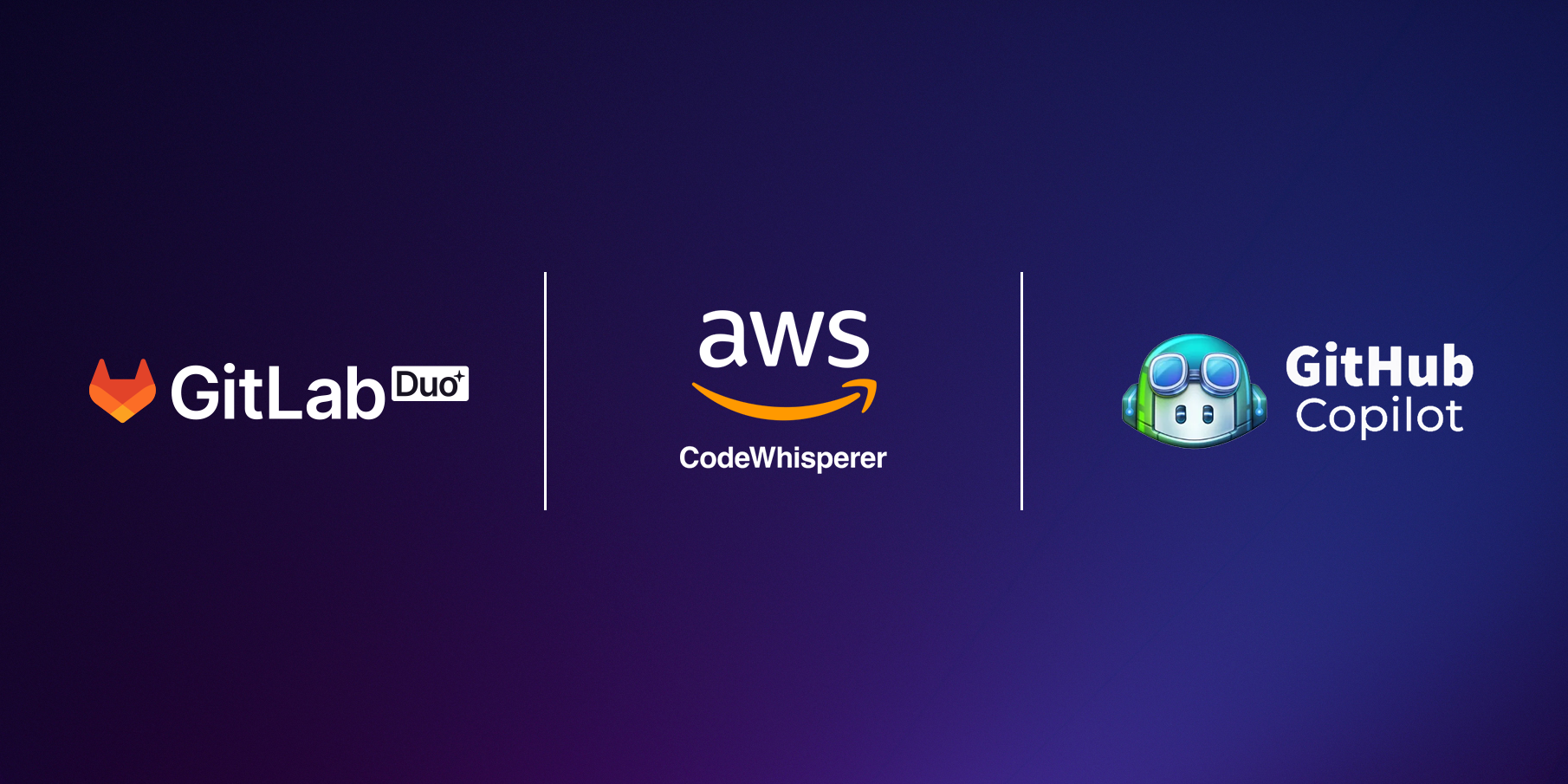//5 min
Artificial Intelligence (AI) has been an integral part of tech teams for a while now, but not until recently has it influenced how engineers code. In fact, generative AI developer tools are thought to add productivity gains of an additional 15 million “effective developers” to the worldwide workforce by 2030. It’s no surprise then that 70% of programmers believe AI provides significant benefits to their code.
How exactly is AI impacting code? Most notably, AI-driven copiloting tools enable engineers to extend, explain, fix, and modify code automatically. These tools integrate into the editor or development environment and streamline the entire coding process. Engineers can ask copilots to explain parts of code in natural language, as well as to identify problems in the code that aren’t easily found manually – all of which provide a broader understanding of the interacting systems. Also, copilots can increase productivity, contribute to better quality code, fuel learning and development, and speed up onboarding in tech teams.
However, development teams have to understand how to apply copilot programs to reap the best results. Copilots are another tool in the box, they are not a one-click solution generator. With that in mind, here’s how to welcome the benefits and inevitable widespread use of copilots, without viewing them as a holy grail for development.
Step 1 - Find a Fit For Copilot
Big-name copilots already available to organizations include GitHub Copilot, GitLab Duo, and AWS Code Whisperer. These are most effective when utilized in specific contexts, introduced at the right stage of development, and with accurate expectations. Generally speaking, that means working with well-structured code bases, alongside other well-established development tools.
Copilots excel at small, well-defined tasks, for example by reducing the time spent on boilerplate tasks and repetitive code patterns. The tools can also support diligence work like writing basic tests and fixing linter warnings. Likewise, developers can state the problem directly in copilot chats, and so aren’t distracted by opening new windows to search. They can also ask models to explain code, get up and running faster with unfamiliar programming languages, and support navigating code structure. And, copilots can offer code suggestions to build prototypes faster and demonstrate product or service feasibility.
Nonetheless, it is the team’s responsibility to measure how (and if) a copilot boosts productivity. Teams must look at data before and after their introduction to confirm and make an informed comparison. Engineers can’t assume that copilot makes sense in every scenario – they should be tested and proven to have the desired outcomes.

Step 2 - Learn To Steer Your Copilot
Using a copilot requires skills that have to be learned just as engineers learn how to master any other tool and extract information and solutions when coding. For copilots in particular, engineers should pay attention to the context and prompts that steer copilots and determine the quality of suggestions that come from the tool. To do so, engineers need to build their experience with a range of copilots in order to recognize and filter out irrelevant suggestions – as they would do in Stack Overflow or when browsing other documentation.
Because copilots are tools with a chat interface, engineers need to know how to write prompt inputs and receive relevant, accurate outputs. Engineers should always provide examples that copilots can draw from, to give more context and to teach copilots how to code with developers. Copilots are essentially stubborn helpers, and they have to be coached, not given total control.
Organizations as a whole need to invest in copilot training, too. Engineers should have clear, accessible information around what the tools are and are not, and what advantages and limitations they bring to development cycles. They must learn to distinguish when an answer is incorrect or misleading – especially when using the chat function.
Notably, teams should keep in mind that as with any code (self-written or inspired from other sources), copilot code needs to be checked and tested regularly. With these considerations, teams can successfully apply and maneuver copilots, and see the biggest technical and business benefits.
Step 3 - Prepare The Copilot Runway Of The Future
Copilots have taken off in the tech space – Github’s copilot currently has more than one million paying users. With such promise, copilots will continue to evolve and improve, and businesses should accommodate these changes ahead of time.
Copilots already grow from optimizing code to optimizing the code environment itself; for example, automating commit messages, code reviews, and the whole developer workflow. By adopting copilot early on, businesses can keep up with advances and establish their own guidelines and policies around copilot tools. Businesses should equally keep an eye on the wider AI landscape, to detect trends, concerns, and overall developments that affect how they use copilots.
For now, organizations should hone in on truly understanding copilots – how they serve business goals, if they’re compliant in the organization, and how their impact can be evaluated. Organizations should experiment with the tool across use cases, starting with small projects where takeaways can be big but won’t necessarily be used in production. Along the way, remember that copilots do not replace peer programming, code reviews or testing – they are tools to be used in tandem and to maximize the capabilities of human engineers.
How we can support you in your copilot
Eager to learn more about how copiloting could benefit your developer team? intive conducts market research on the latest copilot offerings, stays on the bleeding edge of copilot technology, and can help find the right copilot for your tech ecosystem and organizational targets. Speak with an intive expert now.